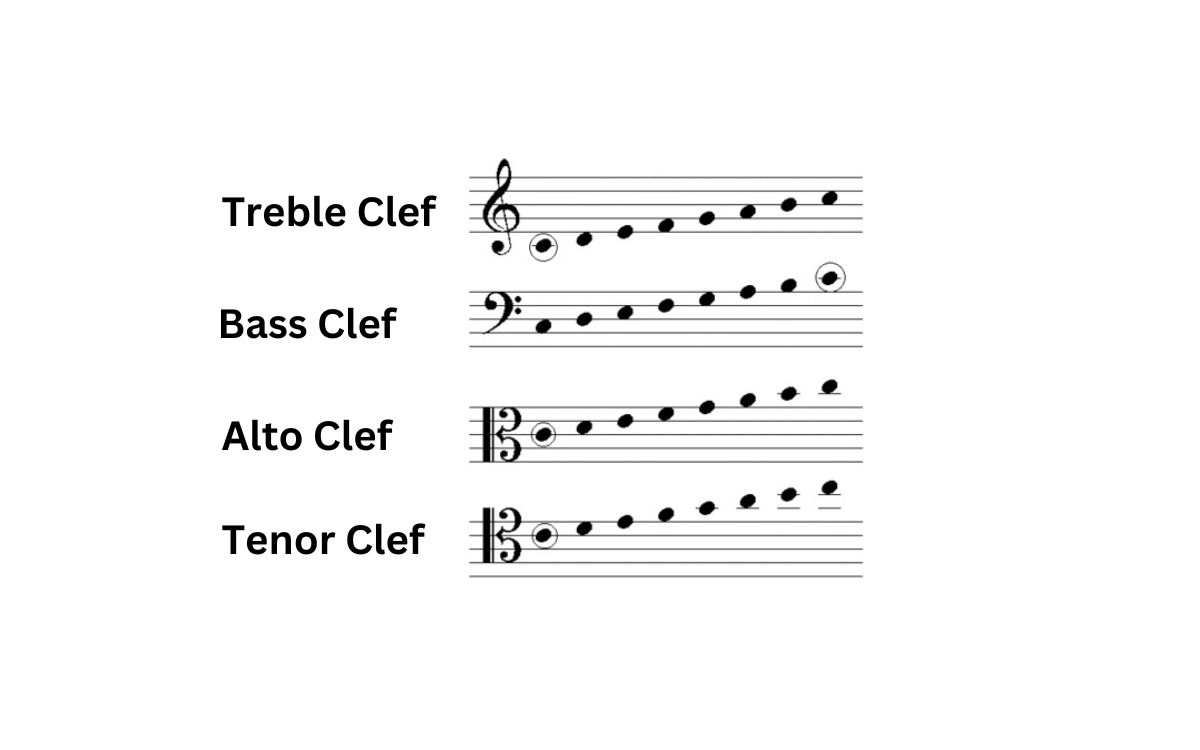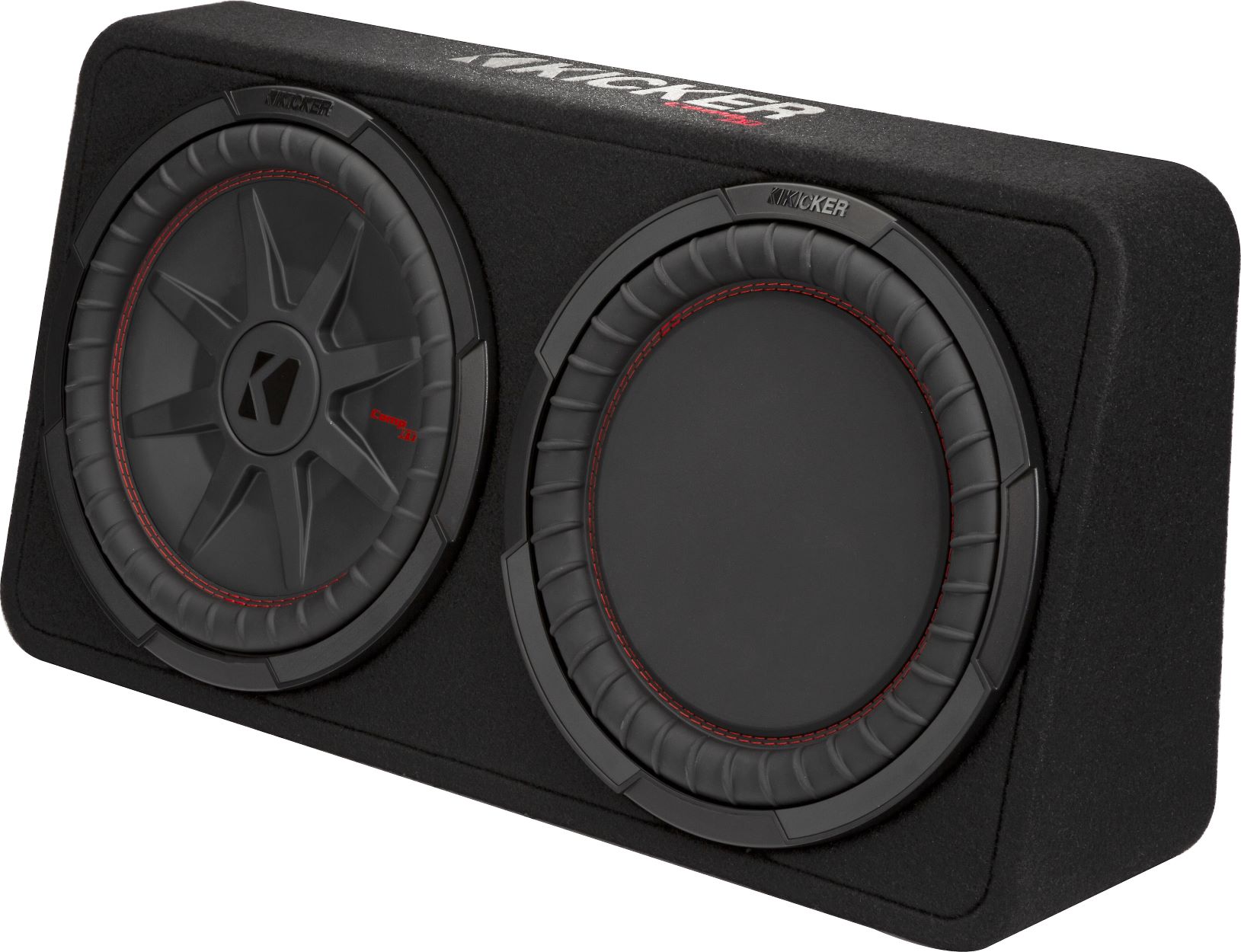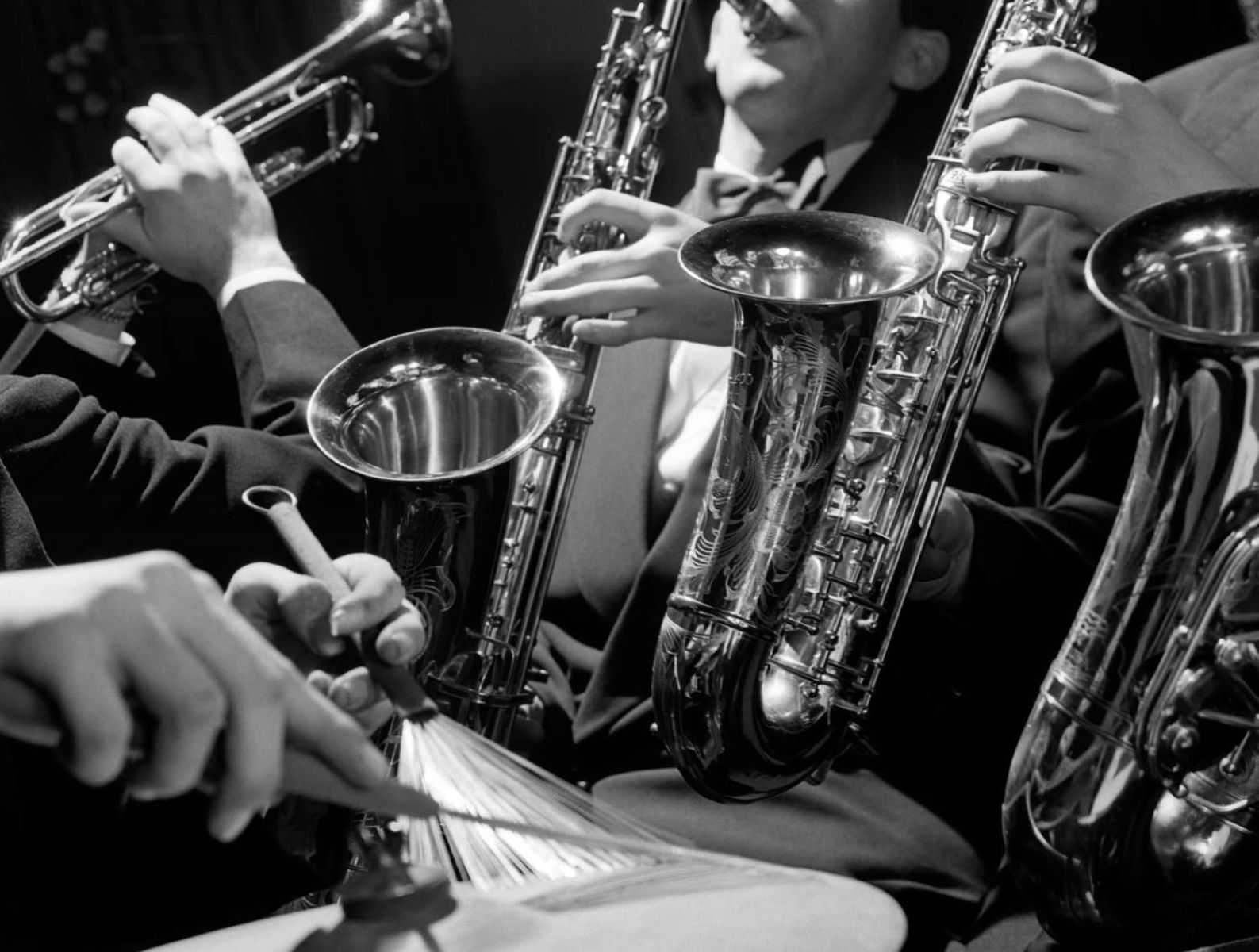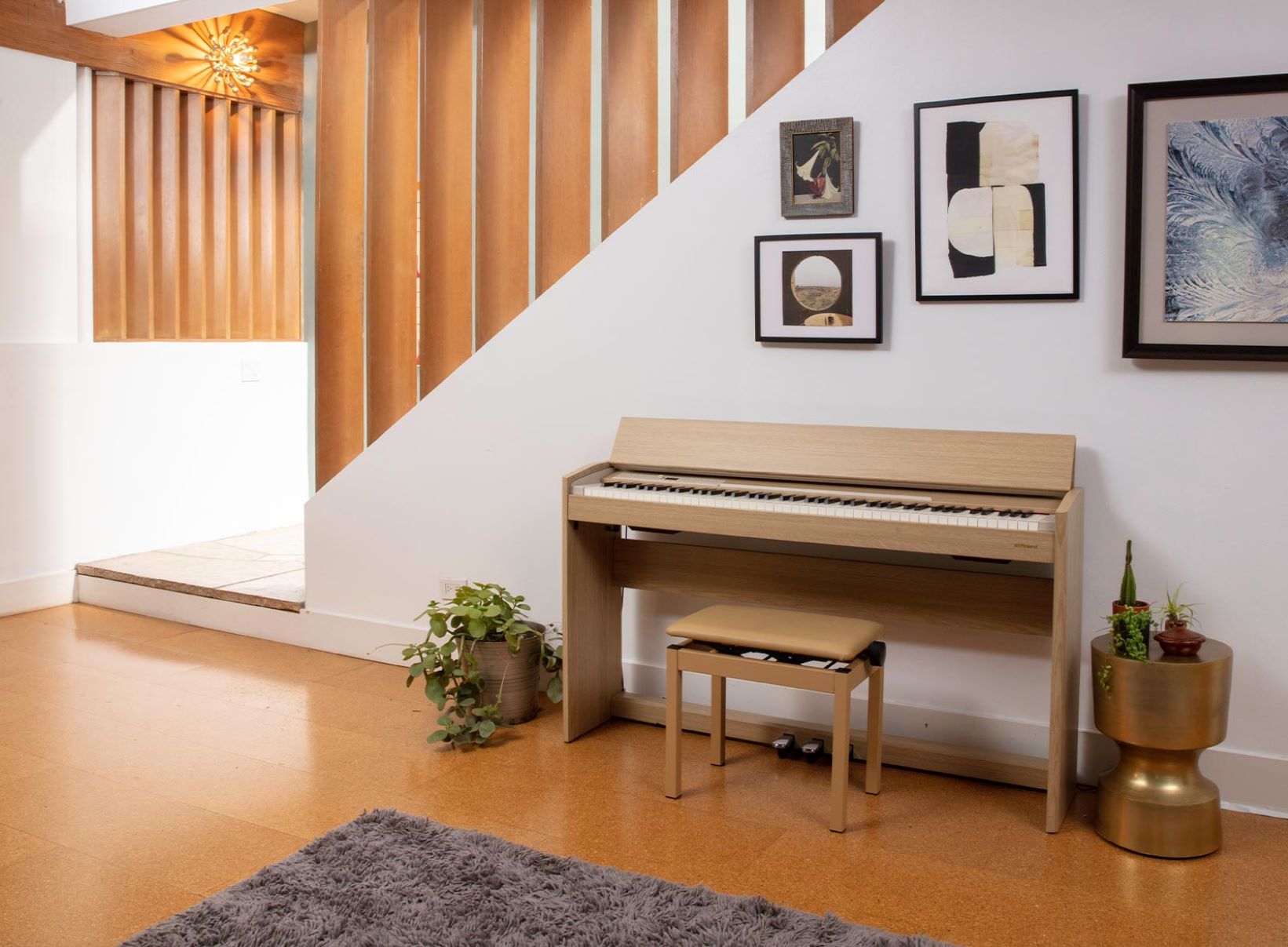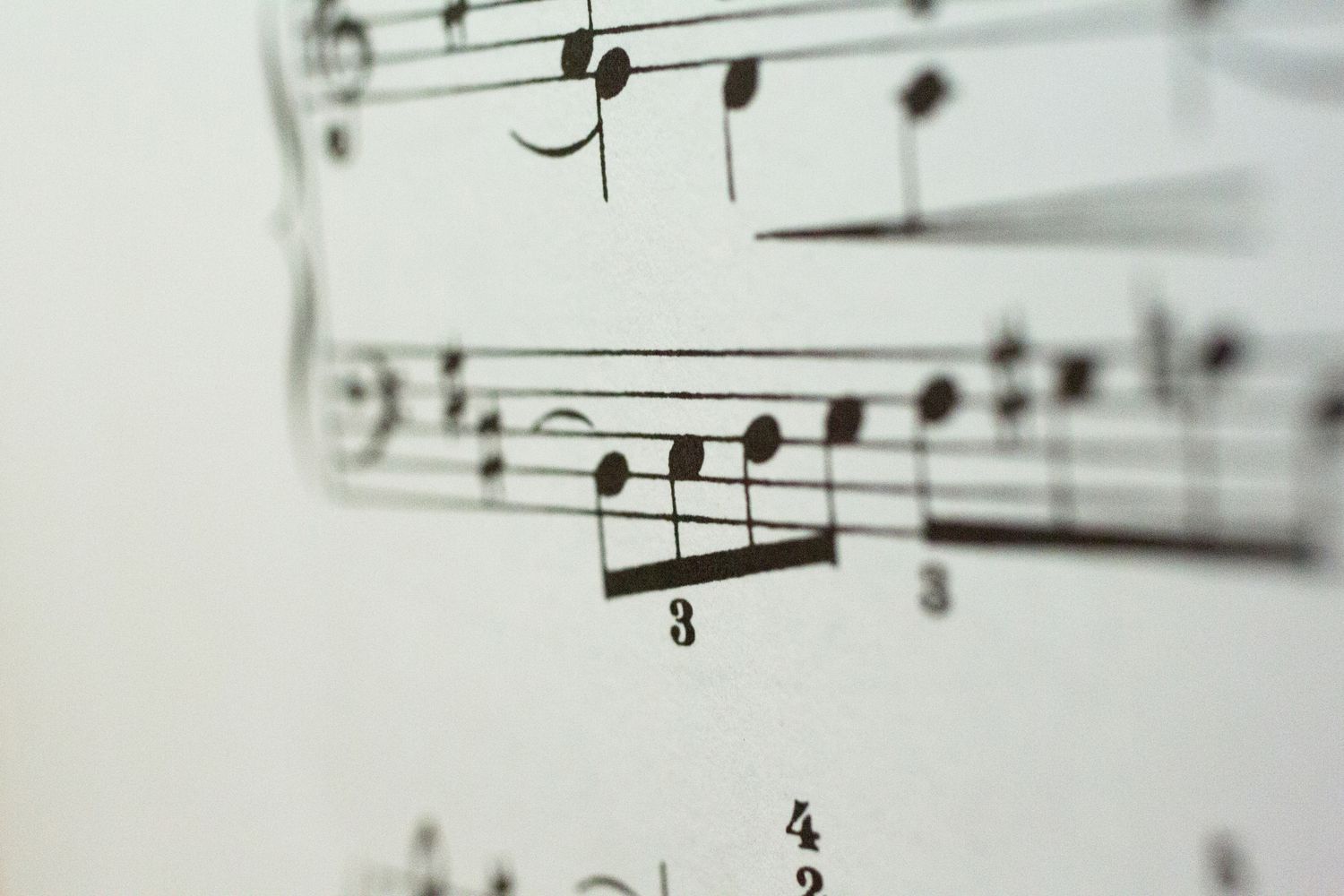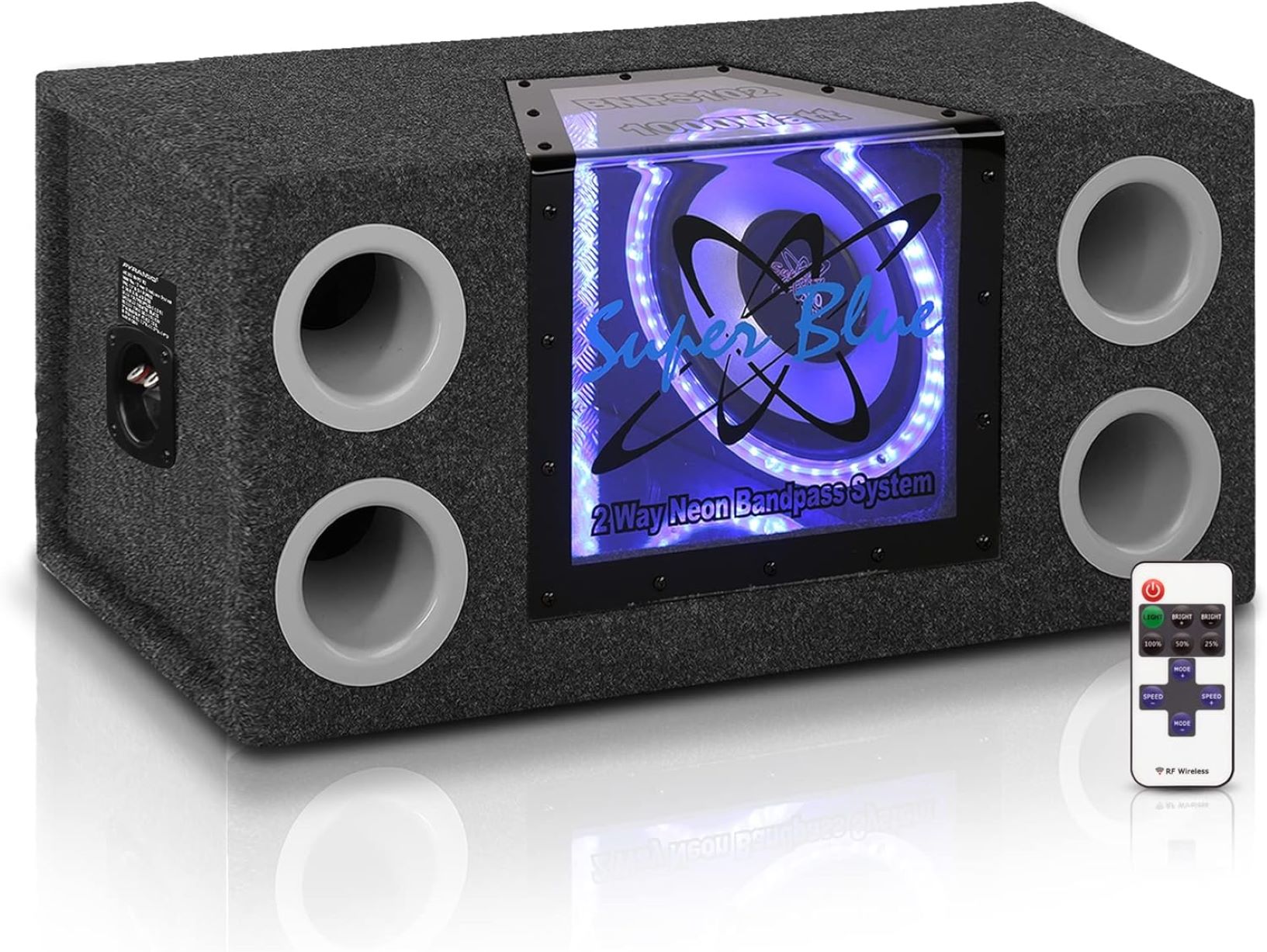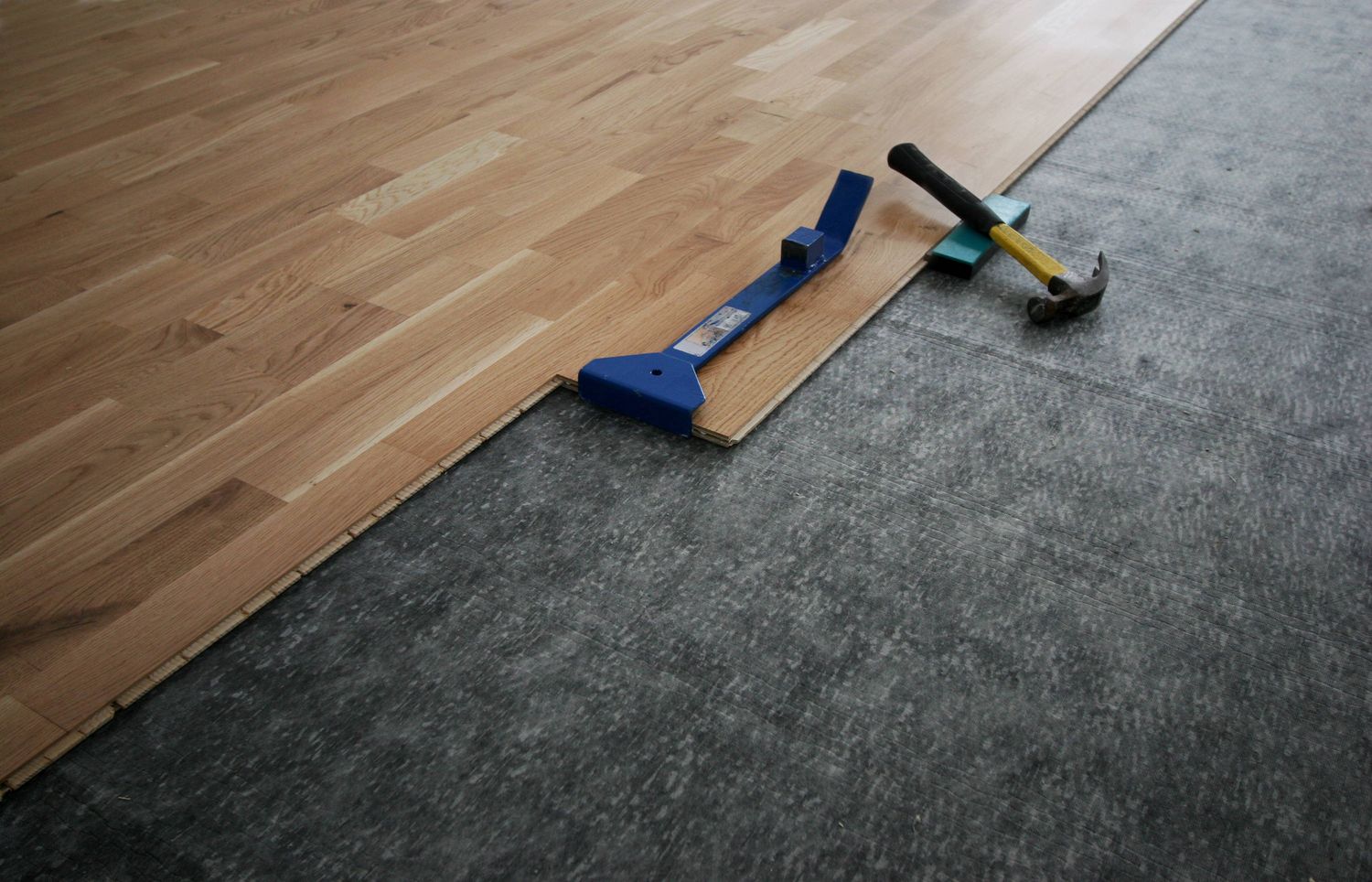Home>Instruments>Guitar>What Is A Flat Top Box Guitar
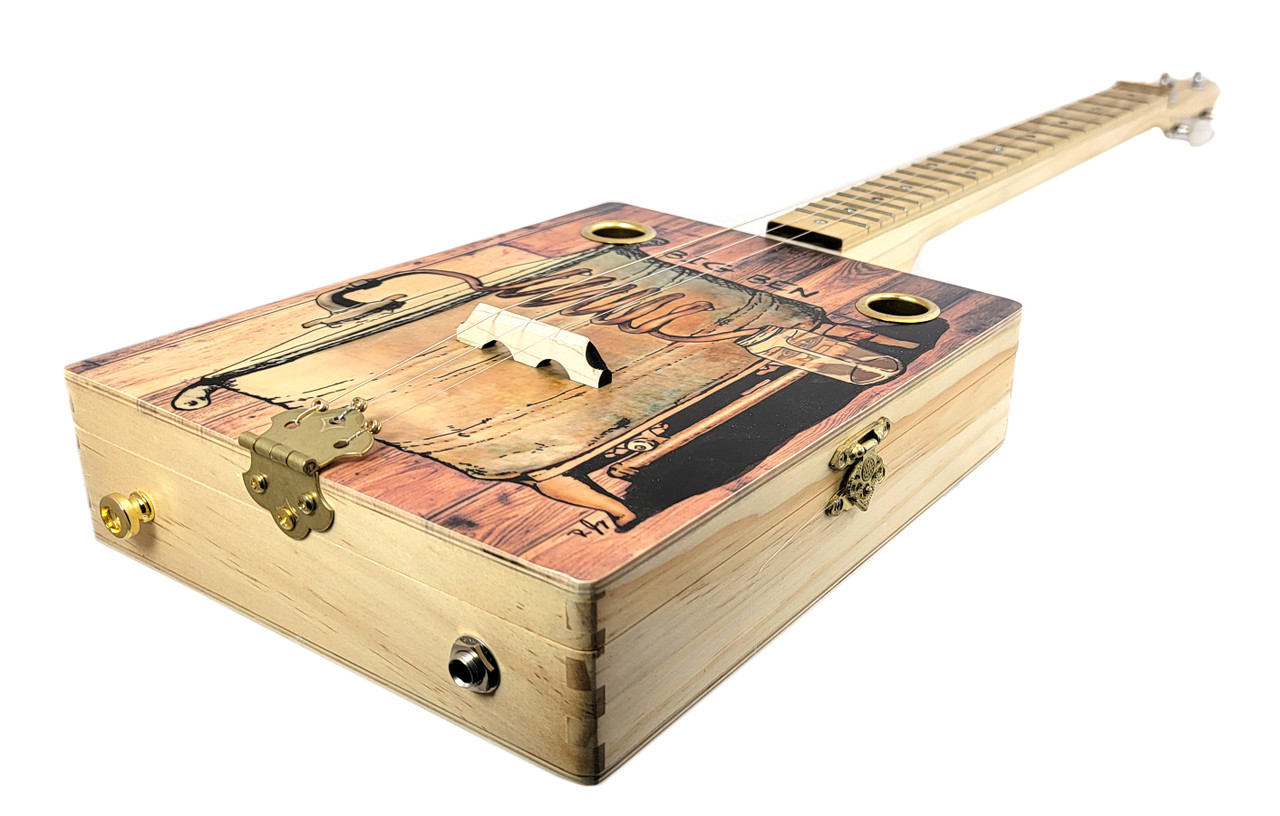

Guitar
What Is A Flat Top Box Guitar
Published: February 15, 2024
Discover the unique sound and construction of flat top box guitars. Learn about the history, design, and playing techniques of this classic instrument. Whether you're a beginner or an experienced guitarist, explore the world of flat top box guitars.
(Many of the links in this article redirect to a specific reviewed product. Your purchase of these products through affiliate links helps to generate commission for AudioLover.com, at no extra cost. Learn more)
Table of Contents
Introduction
The flat top box guitar, often referred to simply as the acoustic guitar, is a quintessential instrument in the world of music. Its timeless appeal and versatility have made it a beloved choice for musicians across various genres, from folk and country to rock and pop. This iconic instrument is known for its distinctive sound, which resonates with warmth and clarity, making it a favorite for both solo performances and ensemble playing.
The flat top box guitar is distinguished by its flat soundboard, which contributes to its resonant and balanced tone. Its design allows for the projection of sound, making it suitable for intimate settings and larger venues alike. Whether strummed gently for a mellow melody or played with vigor for a powerful rhythm, the flat top box guitar offers a wide range of expression, making it a staple in the music world.
This article delves into the captivating world of the flat top box guitar, exploring its rich history, unique construction, characteristic sound, playing techniques, and the influential musicians who have embraced its melodic allure. By the end of this journey, you will have a deeper appreciation for this timeless instrument and its enduring legacy in the realm of music.
History of the Flat Top Box Guitar
The roots of the flat top box guitar can be traced back to the early 19th century, evolving from the European and Latin American guitar traditions. While the instrument’s exact origins are somewhat nebulous, it is widely believed that Spanish luthiers played a pivotal role in refining the design and construction of the modern acoustic guitar.
One of the most influential developments in the history of the flat top box guitar occurred in the 1850s when Christian Frederick Martin, a German immigrant and master luthier, established the Martin Guitar Company in the United States. Martin’s innovative bracing patterns and body shapes significantly influenced the evolution of the flat top box guitar, setting a standard that continues to resonate in contemporary acoustic guitar construction.
During the early 20th century, the flat top box guitar gained prominence in American popular music, particularly within the realms of folk, blues, and country. Its portability and resonant sound made it an ideal companion for traveling musicians, and its expressive capabilities captured the hearts of audiences far and wide.
As the 20th century progressed, the flat top box guitar became synonymous with cultural movements and musical revolutions. From the folk revival of the 1960s, spearheaded by artists such as Bob Dylan and Joan Baez, to the iconic performances of legendary blues musicians like Robert Johnson, the acoustic guitar became a symbol of artistic expression and social change.
Today, the flat top box guitar remains an enduring symbol of musical tradition and innovation. Its rich history, intertwined with the tapestry of human experience, continues to inspire new generations of musicians and captivate audiences around the world.
Construction of the Flat Top Box Guitar
The construction of a flat top box guitar is a blend of artistry, precision, and craftsmanship. This iconic instrument typically comprises several key components, each contributing to its distinctive sound and aesthetic appeal.
The body of the flat top box guitar is crafted with meticulous attention to detail. The top, or soundboard, is often made of spruce, cedar, or mahogany, chosen for their resonance and tonal characteristics. The back and sides are commonly fashioned from hardwoods such as rosewood, mahogany, or maple, providing structural integrity and enhancing the instrument’s tonal depth.
One of the defining features of the flat top box guitar is its sound hole, which allows the vibrations of the strings to resonate within the body, producing its signature sound. The sound hole is often reinforced with an ornamental rosette, adding a touch of elegance to the instrument’s design.
The neck of the flat top box guitar is traditionally crafted from mahogany or maple, offering stability and durability. It is topped with a fretboard, typically made of rosewood or ebony, where the player’s fingers press down on the strings to produce different notes and chords.
Another critical element of the guitar’s construction is the bracing, which reinforces the soundboard and influences the instrument’s tonal characteristics. Various bracing patterns, such as the X-brace or fan bracing, are employed by luthiers to achieve specific tonal qualities and structural integrity.
The flat top box guitar is finished with a protective coating, such as lacquer or varnish, which not only safeguards the wood but also enhances its visual allure. The bridge, saddle, and nut, often made of bone or synthetic materials, contribute to the guitar’s resonance and playability.
Each flat top box guitar is a testament to the artistry and expertise of its maker, reflecting a harmonious marriage of tradition and innovation. The meticulous craftsmanship and attention to detail imbue the instrument with a timeless allure, ensuring its place as a cherished companion for musicians around the world.
Sound and Characteristics
The flat top box guitar is renowned for its rich, resonant sound and versatile characteristics, making it a beloved choice for musicians across diverse genres. Its acoustic nature allows for a wide range of tonal expression, from delicate fingerpicking to robust strumming, making it suitable for solo performances, accompaniment, and ensemble playing.
One of the defining characteristics of the flat top box guitar is its warm and balanced tone. The combination of the tonewoods used in its construction, such as spruce, cedar, and mahogany, contributes to its distinct sonic profile. The soundboard’s ability to vibrate and project sound, coupled with the resonant properties of the back and sides, results in a harmonious blend of clarity, warmth, and sustain.
Another hallmark of the flat top box guitar is its dynamic range. From gentle, ethereal melodies to bold, percussive rhythms, the instrument offers a broad spectrum of sonic possibilities. Its responsiveness to the player’s touch and technique allows for nuanced expression, making it an instrument of profound emotional resonance.
The flat top box guitar’s versatility extends to its adaptability across musical genres. Whether it’s accompanying a singer-songwriter’s heartfelt ballad, providing the rhythmic backbone of a folk ensemble, or adding melodic embellishments to a blues or country composition, the acoustic guitar seamlessly integrates into a myriad of musical contexts.
In addition to its acoustic resonance, the flat top box guitar possesses a visual and tactile allure. The natural grain and luster of the tonewoods, coupled with the instrument’s elegant contours and ornate detailing, contribute to its aesthetic appeal. The smooth, responsive feel of the fretboard and the reassuring weight of the body further enhance the playing experience, inviting musicians to explore its sonic potential with every touch.
Ultimately, the sound and characteristics of the flat top box guitar embody a timeless tradition of musical expression. Its evocative resonance, tactile intimacy, and adaptability make it a cherished companion for musicians seeking to channel their creativity and emotion through the transcendent language of music.
Playing Techniques
The flat top box guitar offers a vast canvas for musical expression, inviting players to explore a myriad of playing techniques that showcase its versatility and emotive power. From delicate fingerstyle patterns to energetic strumming, the instrument accommodates a wide range of approaches, each contributing to its captivating sonic tapestry.
Fingerstyle playing is a hallmark of the flat top box guitar, allowing musicians to pluck individual strings with their fingertips, creating intricate melodies and harmonies. This technique, popularized by legendary guitarists such as Chet Atkins and Merle Travis, enables players to weave together complex arrangements, blending bass lines, chords, and melodic motifs into a seamless tapestry of sound.
Strumming is another fundamental technique that showcases the instrument’s rhythmic prowess. Whether employing a traditional pick or using bare fingers, strumming the flat top box guitar produces a vibrant, percussive sound that forms the rhythmic backbone of countless musical compositions. The dynamic interplay of downstrokes and upstrokes, coupled with variations in strumming intensity, allows players to infuse their music with rhythmic vitality and drive.
Flatpicking, characterized by the use of a plectrum or flat pick, imparts a distinctive articulation and clarity to the guitar’s sound. This technique, popular in bluegrass and folk music, enables rapid note articulation and precise string control, lending itself to lively, virtuosic performances that captivate audiences with their dexterity and speed.
Slide guitar, a technique where a smooth object, such as a glass or metal slide, is used to glide along the strings, adds a soulful and bluesy dimension to the flat top box guitar’s sonic palette. The haunting, emotive wails and expressive microtonal nuances produced by the slide evoke a raw, visceral quality that resonates deeply with listeners.
Hybrid picking, a technique that combines flatpicking with fingerstyle playing, expands the guitar’s expressive capabilities, allowing for the simultaneous execution of melodic lines, chordal accompaniment, and percussive elements. This versatile approach, embraced by contemporary virtuosos, enables players to achieve a remarkable level of intricacy and depth in their musical performances.
Ultimately, the flat top box guitar’s playing techniques are as diverse and boundless as the creative spirit of the musicians who wield it. Whether evoking tender, introspective melodies or unleashing exuberant, rhythmic fervor, the instrument’s expressive potential knows no bounds, offering a captivating journey of musical exploration and discovery.
Notable Players
The flat top box guitar has been embraced by a multitude of influential musicians whose artistry has left an indelible mark on the world of music. Their innovative playing styles, emotive performances, and groundbreaking compositions have elevated the instrument to iconic status, inspiring generations of aspiring guitarists and captivating audiences worldwide.
- Bob Dylan: As a seminal figure in the folk music revival of the 1960s, Bob Dylan’s poignant songwriting and distinctive fingerpicking style on the flat top box guitar have solidified his status as a musical luminary. His compositions, including “Blowin’ in the Wind” and “The Times They Are a-Changin’,” continue to resonate with audiences and fellow musicians alike.
- Joni Mitchell: Renowned for her innovative open tunings and ethereal fingerstyle playing, Joni Mitchell’s evocative compositions, such as “Both Sides, Now” and “A Case of You,” have established her as a trailblazer in the realm of acoustic guitar music.
- Doc Watson: A master of flatpicking and fingerstyle techniques, Doc Watson’s virtuosity on the flat top box guitar has had a profound impact on the worlds of bluegrass and folk music. His intricate arrangements and soul-stirring performances continue to inspire guitarists across genres.
- Tommy Emmanuel: Renowned for his jaw-dropping fingerstyle prowess and captivating stage presence, Tommy Emmanuel has redefined the possibilities of the flat top box guitar, showcasing its versatility and expressiveness through his dazzling performances and innovative compositions.
- Joni Mitchell: Renowned for her innovative open tunings and ethereal fingerstyle playing, Joni Mitchell’s evocative compositions, such as “Both Sides, Now” and “A Case of You,” have established her as a trailblazer in the realm of acoustic guitar music.
These iconic musicians, alongside countless others, have elevated the flat top box guitar to a position of enduring prominence, demonstrating the instrument’s boundless potential for emotive storytelling, technical virtuosity, and sonic innovation. Their contributions have enriched the musical landscape and ensured that the acoustic guitar remains a cherished emblem of artistic expression and creativity.
Conclusion
The flat top box guitar stands as a timeless testament to the artistry, ingenuity, and emotional resonance of the musical world. From its humble origins to its pivotal role in shaping genres and movements, this iconic instrument has woven itself into the fabric of human expression, becoming a cherished companion for musicians and audiences alike.
As we reflect on the rich history, evocative sound, and boundless potential of the flat top box guitar, we are reminded of its enduring allure and capacity to transcend cultural boundaries. Its warm, resonant tones have provided a backdrop for intimate gatherings, grand stages, and everything in between, forging connections and evoking emotions with each note played.
The instrument’s construction, characterized by meticulous craftsmanship and attention to detail, underscores the dedication and passion of luthiers and musicians who have shaped its evolution. Its sound and characteristics, marked by versatility, warmth, and expressive depth, continue to inspire new generations of players to explore the instrument’s vast sonic landscape.
From the delicate intricacies of fingerstyle playing to the spirited vigor of strumming, the flat top box guitar invites musicians to embark on a journey of musical discovery, offering a canvas for boundless creativity and emotional storytelling. Its notable players, whose artistry has left an indelible mark on the world of music, serve as beacons of inspiration, showcasing the instrument’s transformative power and enduring relevance.
As the flat top box guitar continues to resonate with audiences and musicians across the globe, its legacy remains steadfast, perpetuating a tradition of artistic expression and cultural significance. Whether in the hands of a seasoned virtuoso or an aspiring enthusiast, the acoustic guitar remains a cherished vehicle for the universal language of music, uniting hearts and spirits through its timeless resonance.

